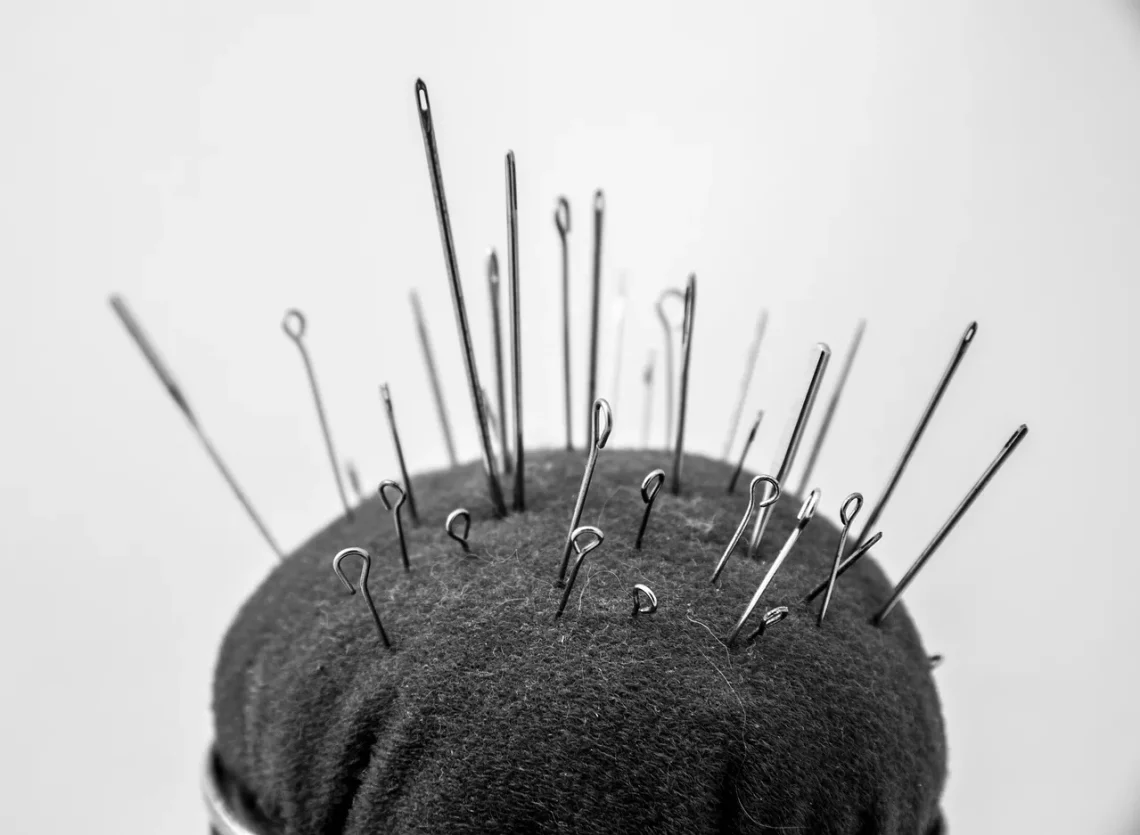
Effective Pain Medicine Solutions for Horses: A Comprehensive Guide
Effective pain management is crucial for maintaining the health and well-being of horses, as these majestic animals can experience pain due to various reasons, including injuries, arthritis, or other medical conditions. Understanding how to recognize pain in horses is the first step towards effective treatment. Unlike humans, horses cannot verbally express their discomfort, making it essential for owners and caretakers to be observant.
Pain in horses can manifest through changes in behavior, appetite, and mobility. An owner might notice a horse that is usually playful becoming lethargic or one that resists being saddled or ridden. These signs often indicate underlying issues that require prompt attention. Furthermore, the equine veterinary field has evolved, offering a variety of pain management solutions that cater to the specific needs of each horse.
By exploring these various options, horse owners can make informed decisions regarding the health and comfort of their animals. The right approach to pain management not only alleviates discomfort but can also enhance the overall quality of life for horses, allowing them to return to their natural behaviors and routines.
Understanding Equine Pain: Signs and Symptoms
Recognizing pain in horses is a skill that requires careful observation and experience. Unlike humans, horses cannot vocalize their discomfort, which makes it imperative for owners to be vigilant. Pain in horses can be acute or chronic, stemming from various sources such as injury, illness, or age-related issues. The first step in managing pain effectively is to understand how horses display their discomfort.
Common signs of pain in horses include changes in behavior, posture, and movement. A horse that is in pain may exhibit abnormal behavior such as aggression, restlessness, or withdrawal from social interactions. They might also adopt a defensive posture, such as tensing their muscles or standing with an arched back. Additionally, changes in appetite are often a clear indicator; a horse that suddenly refuses to eat or drink may be experiencing discomfort.
Physical signs can also manifest in the horse’s mobility. A horse in pain may limp, be reluctant to move, or show signs of stiffness, particularly after resting. Observing subtle changes in a horse’s gait or the way they hold their head can also provide valuable insights. For instance, if a horse consistently shifts weight from one leg to another, it may indicate discomfort in that particular limb.
Furthermore, it’s critical to monitor vital signs such as heart rate and respiration. Elevated heart rates or abnormal breathing patterns can signal distress and should prompt immediate attention. Regular veterinary check-ups can also aid in identifying pain before it becomes severe.
Being aware of these signs allows horse owners to take prompt action, which can significantly improve the efficacy of pain management strategies. Ultimately, a comprehensive understanding of equine pain is essential for ensuring that horses lead comfortable and healthy lives.
Common Pain Management Options for Horses
When it comes to managing pain in horses, a variety of options are available, each tailored to address specific needs and circumstances. The choice of pain management strategy depends on factors such as the nature of the pain, the horse’s overall health, and the veterinarian’s recommendations.
One of the most common approaches involves the use of non-steroidal anti-inflammatory drugs (NSAIDs). Medications such as phenylbutazone and flunixin meglumine are frequently prescribed to reduce inflammation and alleviate pain. These drugs can be effective for both acute and chronic pain conditions, but they must be administered under veterinary guidance due to potential side effects.
In addition to NSAIDs, corticosteroids may also be utilized. These medications can provide rapid relief for inflammatory conditions but come with risks if used long-term. Therefore, veterinarians often reserve corticosteroids for severe cases or when other treatments are ineffective.
Another significant aspect of pain management involves physical therapies. Techniques such as ultrasound therapy, laser therapy, and acupuncture have gained popularity in recent years. These modalities can promote healing and reduce pain by improving circulation and stimulating the body’s natural healing processes.
Moreover, the importance of proper nutrition cannot be overstated. A balanced diet rich in essential nutrients supports overall health and can mitigate some pain conditions. Supplements, such as glucosamine and chondroitin, are often recommended for horses suffering from joint pain or arthritis.
Lastly, addressing the horse’s environment is crucial in pain management. Ensuring that horses have a comfortable living space with adequate bedding can help minimize discomfort. Regular exercise and appropriate hoof care are also essential for maintaining mobility and preventing injuries.
Ultimately, a collaborative approach involving veterinary care, medication, physical therapies, and proper management practices will yield the best outcomes for pain relief in horses.
Alternative Therapies for Pain Relief
In recent years, alternative therapies have gained traction as effective pain management options for horses. These therapies often complement traditional treatments, providing additional avenues for pain relief and enhancing the overall well-being of the animal.
One popular alternative therapy is acupuncture, an ancient practice rooted in Traditional Chinese Medicine. Acupuncture involves the insertion of fine needles into specific points on the body to stimulate energy flow and promote healing. Many horse owners have reported positive outcomes, including reduced pain and improved mobility. While scientific studies on acupuncture’s efficacy in horses are still emerging, anecdotal evidence supports its use in managing various conditions, including arthritis and muscle soreness.
Another alternative therapy gaining popularity is chiropractic care. Equine chiropractors focus on the alignment of the spine and joints, aiming to relieve pain and improve function. Misalignments can lead to discomfort and restricted movement, so chiropractic adjustments can be beneficial for horses suffering from musculoskeletal issues. It is essential, however, to consult with a qualified equine chiropractor to ensure safe and effective treatment.
Massage therapy is another holistic approach that can relieve pain and tension in horses. Regular massage can improve circulation, reduce muscle stiffness, and enhance flexibility. Many horse owners incorporate massage into their horses’ routines, especially for performance horses or those recovering from injuries.
Additionally, hydrotherapy has been recognized for its benefits in pain management. Whether through swimming, underwater treadmills, or cold water therapy, hydrotherapy can provide low-impact exercise while alleviating stress on joints and muscles. It is particularly useful for rehabilitation and recovery, helping horses regain strength and mobility.
Finally, herbal remedies and natural supplements are also gaining popularity as part of an integrated pain management plan. Ingredients such as turmeric, boswellia, and devil’s claw have shown anti-inflammatory properties and may provide relief from chronic pain. However, it is crucial to consult with a veterinarian before introducing any herbal supplements to ensure safety and efficacy.
By embracing alternative therapies alongside traditional pain management techniques, horse owners can create a comprehensive and effective pain relief strategy tailored to their horse’s unique needs.
Preventive Measures to Reduce Pain in Horses
Prevention is always better than cure, and this adage holds true in equine care as well. Implementing preventive measures can significantly reduce the risk of pain and discomfort in horses, ensuring they remain healthy and happy throughout their lives.
First and foremost, regular veterinary check-ups are vital. Routine examinations can help identify potential health issues before they escalate into more severe problems. Vaccinations, dental care, and hoof maintenance should be part of a comprehensive preventive health plan. By staying proactive, horse owners can address any concerns promptly and effectively.
Proper nutrition also plays a crucial role in preventing pain. A balanced diet that meets the horse’s specific needs—considering age, activity level, and health conditions—can help maintain optimal body condition and support joint health. Regularly assessing the horse’s body weight and condition can guide dietary adjustments when necessary.
Exercise is another key factor in prevention. Providing regular, appropriate exercise helps maintain muscle strength, flexibility, and overall fitness. It also supports joint health and can prevent stiffness associated with inactivity. However, it’s essential to tailor the exercise program to the individual horse’s needs, taking into account their age, breed, and any pre-existing conditions.
Environmental factors should not be overlooked. Ensuring that horses have a clean, safe, and comfortable living space is essential for their well-being. Adequate shelter, proper footing, and safe fencing can prevent injuries and reduce the risk of pain.
Moreover, educating oneself about the horse’s specific breed and common health issues can empower owners to take preventive actions. Understanding the common ailments that may affect a particular breed can lead to early detection and intervention, promoting long-term health.
In conclusion, by prioritizing prevention through regular veterinary care, proper nutrition, exercise, and a safe environment, horse owners can significantly reduce the likelihood of pain and enhance their horse’s quality of life.
**Disclaimer:** This article is for informational purposes only and does not constitute medical advice. For any health-related concerns regarding your horse, please consult a qualified veterinarian.




